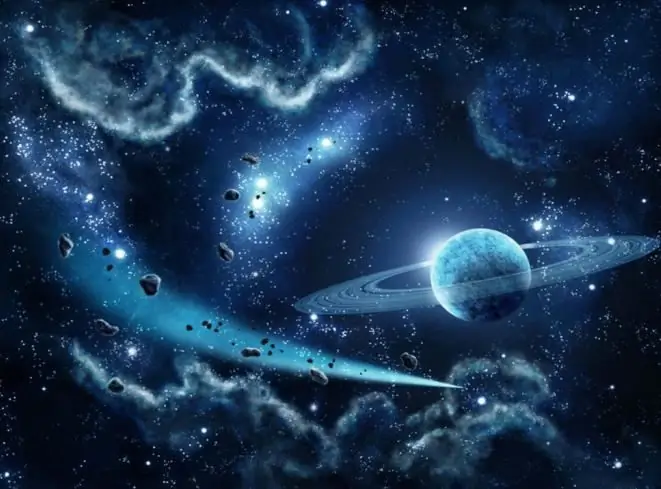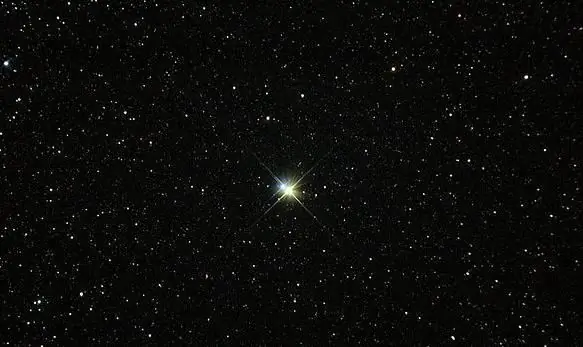Night sky… Stars… A bewitching sight! Bright constellations … The alluring eye of the Milky Way … How many stars are there in the sky? I wonder if there is at least one person who, looking with delight and inexplicable reverence at the night luminaries, would not ask himself this question? And, probably, many even tried to count them…
A bit of history
Do you know who first told the world how many stars there are in the sky? How long ago was that?

About two and a half thousand years ago, the ancient astronomer Hipparchus compiled the first star catalog. What prompted the scientist to mark the stars? He was probably impressed that he witnessed the appearance of a new, very bright star. Such a significant event for the astronomer could not but leave an imprint. Hipparchus decided to fix all the visible stars in order not to miss the appearance of new luminaries later, if this happens. As a result, the astronomer rewrote 1025 stars. Coordinates and magnitude were determined for each.
Of course, observations began much earlier. Ancient astronomers also had their own works, however, unfortunately, only small grains of them have come down to us. Therefore, the first catalog of starsconsidered to be the result of the work of Hipparchus. All of them were divided into six categories. Brightness was the main selection criterion. At the same time, the concept of "star magnitude" appeared. Of course, the Hipparchus value has undergone changes and has become improved.
About magnitudes
In ancient times, it was believed that since the celestial bodies are located in the same sphere, they are removed from the Earth at the same (equal) distance. The stars that seemed the most dim and barely visible were assigned the sixth magnitude, and the brightest - the first. In the catalog compiled by Hipparchus, 15 stars ranked first, 45 ranked second, 208 ranked third, 474 ranked fourth, 217 ranked fifth, and 49 ranked sixth (and a few nebulae).

Time passed. New stars were noted, experience appeared, knowledge accumulated. Astronomers soon found out that the radiation of stars is uneven, and they themselves are at different distances. New definitions of their magnitude have appeared: visual, photovisual, photographic, bolometric.
Counting together
Probably, even the most authoritative modern astrologer will not answer the question of how many stars there are in the sky. And this is understandable. How to disagree with the ancient sages who say that counting the stars is as difficult as naming the number of grains of sand on Earth! But we can give a rough estimate.
What do we need to count the number of grains of sand? Data on the area of the coastline (can be obtained from the satellite) and the average thickness of the sand layer. It will helpdetermine the volume of all sand on the planet (V-z). Now it remains to measure one grain of sand (V-p). Do you get it? To get the approximate number of grains of sand, it remains to perform only one action - divide V-z by V-p. Of course, the figure will be “rough”, but still…

According to the same scheme, we can roughly determine how many stars are in the sky. The principle is the same, only instead of beaches - galaxies. We consider. There are approximately 1012 stars in our Galaxy. How many then are there in the universe? Let us give you the pleasure of answering the question yourself, giving only a small hint: there are about the same number of galaxies - 1012.
You just have to multiply.
Names of stars in the sky
The brightest luminaries humanity began to give names thousands of years ago. This is Sirius, and Vega, and Aldebaran, and Antares, and many others. Those stars, the brightness of which is slightly weaker, were indicated by letters from the Greek alphabet and numbers. Some of them didn't even get a number. They were simply fixed on the maps, indicating the coordinates and indicating the strength of the shine (brightness).
The brightest star in the universe is the blue UW Sma. Deneb is the leader in the visible sky, Sirius is the leader of the closest to us, Venus is the leader in the solar system.






